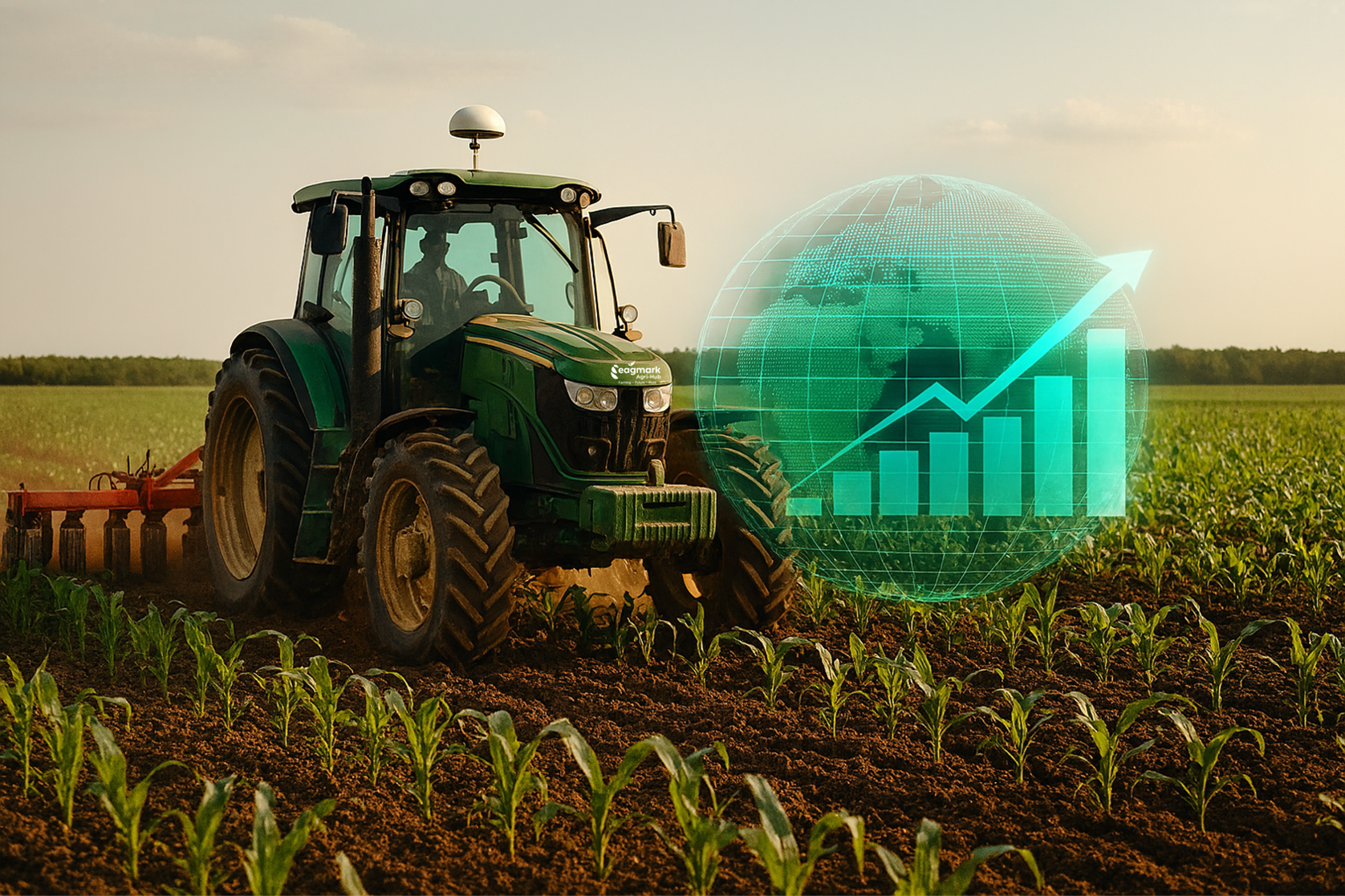
Venture capital funding for agricultural technology has collapsed by 60% since its 2021 peak, leaving a trail of bankrupt startups and disillusioned investors. The carnage hasn't thinned enthusiasm at agricultural robotics demonstrations, but it has exposed a brutal truth: most agtech founders don't understand farming.
"Smart people want to revolutionize agriculture," says one Central Valley grower who advises startups. "But they don't spend time on farms. They don't listen to farmers."
Agriculture is proving to be venture capital's toughest sector. Even with recent profitability increases and strong investment over the past decade, adoption rates remain surprisingly low—only 6% globally for sustainability-related technologies, and just 9% in leading markets like Europe and North America.
The Three-Hurdle Reality
Agricultural technology faces three critical tests that most startups fail to anticipate. First, does the product actually work in field conditions? Second, does it work without creating new problems? Third, does it integrate with existing farm operations and economics?
That last hurdle trips up most ventures. Farmers face high initial costs, need technical expertise, limited internet access in fields, and general risk aversion. Fluctuating commodity prices and weather unpredictability further slow adoption.
Why Agriculture Resists Innovation
Agriculture isn't Silicon Valley. Success here doesn't follow the hockey stick growth curve investors expect. Fragmentation, lack of standard data architecture, and cross-platform interoperability create multiple barriers to scaling. Each farm operates in a hyper-localized context with different crops, climates, and constraints.
Return on investment remains paramount. Before farmers commit capital, they need clear numbers showing when technology will pay for itself. In an industry where profit margins are often thin, speculative purchases don't happen.
Ground Truth or Go Home
Successful agricultural technology requires year-over-year field testing across multiple growing seasons. One season provides insufficient data. Real validation means working alongside farmers through planting, growth, and harvest cycles—documenting actual results, not projected ones.
The power of farmer testimonials cannot be overstated. When growers hear success stories from peers who've tested technology in comparable conditions, trust builds. Abstract marketing claims from companies that parachute into farming communities fail to convince.
The Real Question
"How do I survive?" That's what farmers ask about new technology. Will it reduce costs? Increase yields? Save labor? Or will it simply add expense without delivering value?
According to McKinsey & Company, agricultural technology startups typically need 15 to 20 months between funding rounds, with investments growing from median seed rounds of $3.5 million to $65 million by Series C. But reaching commercial scale takes far longer than most sectors.
The fundamental mismatch isn't between technology and farming—it's between venture capital's timeline expectations and agriculture's biological realities. A study published in ScienceDirect statees that Agriculture demands patience, lengthy product validation cycles, and localized adaptation, conditions that clash with traditional venture capital success factors.
Financial sustainability matters more than innovation for its own sake. Farmers operate businesses, not laboratories. They need solutions that work reliably, integrate seamlessly, and deliver measurable economic benefits. Everything else is noise.

